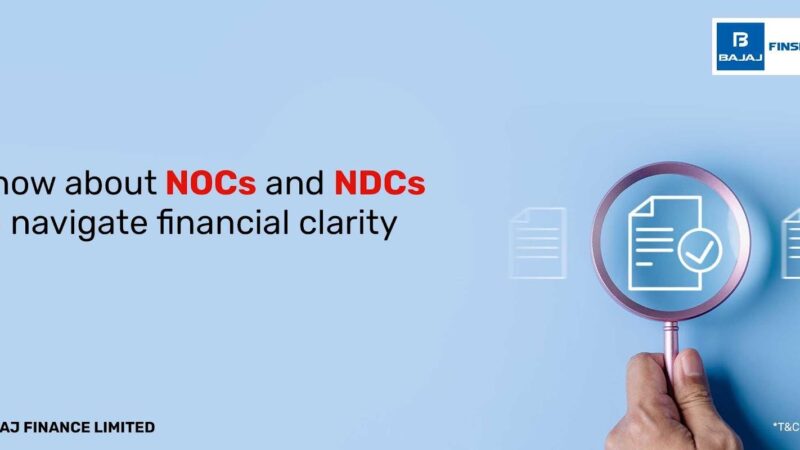Goodbye Cards: Emotions and Etiquette

Saying goodbye is a timeless tradition that manifests in various contexts, whether among friends, colleagues, or family members. Goodbye cards serve as symbolic mementos of relationships, experiences, and emotional bonds. Balancing the bittersweet feelings while maintaining proper etiquette is what makes crafting goodbye cards an art. As the saying goes, “All good things must come to an end.” In this comprehensive guide, we will explore the significance of goodbye cards, the emotions they evoke, and the proper etiquette for writing the perfect message.
The Importance of Goodbye Cards
Historical Context The tradition of sending cards dates back to ancient civilizations, where farewells were inscribed on clay tablets, papyrus, or parchment. Over centuries, the practice evolved with advancements in paper and printing technology. Today, goodbye cards are integral to commemorating life’s transitions, such as retirements, relocations, graduations, and job changes.
Emotional Impact The act of saying goodbye through a card can have a profoundly positive impact. Goodbye cards convey heartfelt sentiments, gratitude, well-wishes, or congratulations. For the recipient, a well-crafted goodbye card can ease the discomfort of transition and provide a tangible reminder of the sender’s appreciation and personal feelings.
Types of Goodbye Cards
- Professional Farewell Cards: Used in workplaces to bid farewell to colleagues. These cards strike a balance between professional and personal tones.
- Personal Farewell Cards: Given to friends or family members embarking on a new journey. These cards are more intimate and emotionally charged.
- Group Farewell Cards: Often initiated by a group of people, such as coworkers or friends. These cards include multiple messages and signatures, reflecting collective sentiments.
- Digital Farewell Cards: In the digital age, electronic cards and social media platforms are popular for sending farewell messages, often incorporating multimedia elements like photos, videos, and music.
Understanding the Emotional Spectrum
Sadness and Nostalgia When the farewell marks the end of a significant chapter, it’s essential to acknowledge the sorrow and highlight the importance of what is being left behind.
Gratitude and Appreciation Regardless of the reason for parting, leaving a positive remark about the time spent together and the shared experiences is crucial.
Crafting the Message
Opening Lines Start with a friendly and inclusive greeting. Address the recipient by name to set a warm and approachable tone.
Example: “Hello John,” or “Dear Sarah,”
Body of the Message
- Acknowledge the Departure: Clearly state the reason for the farewell without overshadowing the positive aspects.
Example: “Dear Joe, as you begin this new chapter…” or “Dear Mike, now that you are nearing retirement…” - Share Memories and Stories: Personal anecdotes and shared experiences make the message more meaningful.
Example: “Remember the time we…” - Express Emotions: Be genuine in expressing your feelings, whether it’s excitement for the future or sadness for the departure.
Example: “I’m thrilled for your new opportunity but will miss our daily chats.”
Closing Lines End with polite and heartfelt wishes, and add a signature for a personal touch.
Example: “Take care,” or “Best of luck,” followed by your name and signature.
Personalizing the Card
Photos and Mementos Including a photo or a small keepsake associated with the recipient adds a personal touch to the card.
Inside Jokes or References Adding something that only the recipient would understand can brighten their day and make the card memorable.
Etiquette in Goodbye Cards
General Guidelines
- Timing: For professional farewells, hand over the card during the last working days. For personal farewells, give the card a few days before the departure.
- Tone: Adjust the tone based on the relationship. Use polite and courteous language for colleagues, and more relaxed language for friends and family.
- Content: Avoid negative remarks or anything that might provoke bad feelings. Respect the recipient’s privacy and steer clear of sensitive topics.
Cultural Considerations Be mindful of cultural norms and practices related to farewells. Research and respect these customs to ensure your message is appropriate and considerate.
Conclusion
While all good things must come to an end, a goodbye card allows you to convey emotions and part gracefully. By understanding the emotional spectrum, personalizing your message, and adhering to proper etiquette, you can create a heartfelt and memorable farewell that will be cherished by both the sender and the receiver. Whether it’s a formal or casual goodbye, your well-wishes will provide warmth and support during times of change.






